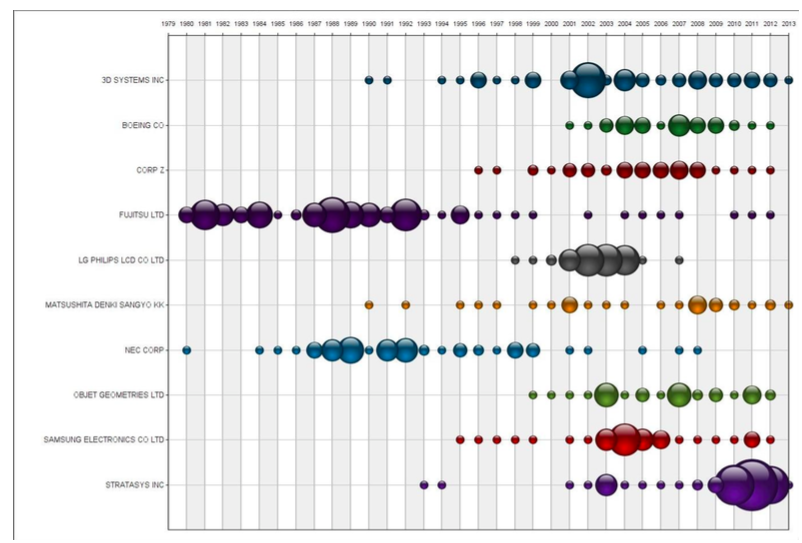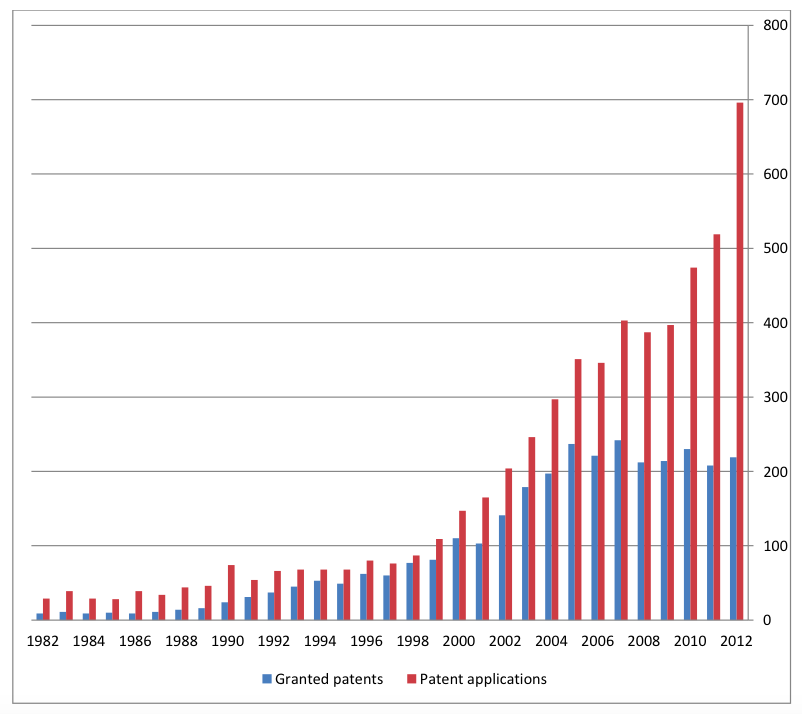The UK’s Intellectual Property Office (IPO), the arm of the British government that regulates the laws on copyrights, patents and trademarks, released last year a 50-page report on the issues relating to 3D printing, focusing specifically on the rapidly evolving consumer 3D printing market.
The governmental institution is taking a leading role in trying to determine the implications of 3D printing on the free circulation of designs as Dr. Nicola Searle, Economic Advisor to the IPO’s Innovation Directorate, explained during her talk at the London 3D & AM Summit.
Her job is to carefully evaluate the implications of tightening versus loosening the laws protecting intellectual property, in order to determine which course of action can lead toward the best economical results for all parties involved, including the State. This is probably one of the biggest issues the 3D printing industry / community faces, as the technology is making it possible for more people than ever before to design new products as well as for more people than ever before to copy such designs.
One aspect that Dr Searle pointed out and which can be useful to many designers working with 3D printing is that unregistered original designs are still protected from certain types of IP violations for between three and 15 years, while registered designs are protected for up to 25 years. Furthermore the IPO has moved to make intentional copying of a registered designs a criminal offence.
Although the latest version of the report was released some time ago, the report itself, gives a number insights into another very critical IP aspect in the 3D printing industry, that is all issues that relate to patent technologies. With so many different technologies revolving around what, in the end, is the same additive concept of layer by layer manufacturing, patent violations are unavoidable and the many new recent technologies and machines presented at Euromold appeared to be violating one or more competing patents.
Studying the history of patents in 3D printing a lot of curious facts emerge. For example, up until 2013 a total of 9145 patents relating to 3D printing had been published worldwide and that the single biggest patent holder is Fujitsu. However the Japanese company’s patents were all registered in the early age of 3D printing, as early as the beginning of the 80’s decade. The 90’s and the following decade saw companies such as 3D Systems and Stratasys take the lead together with Samsung Electronics and Philips.
The merger with Objet has now made Stratasys the largest Patent holder, together with Fujitsu and followed closely by 3D Systems. The recent expiration of many 3D printing patents has given many new companies the false impression that 3D printing technologies are now entirely open. That is certainly not true and lawyers will probably have to settle any issues arising. However the fact that those early patents have expired has fuelled a real explosion in registration of new patents: in 2012 as many as 700 patent applications were registered compared with just about 500 the year before. The new report, due out soon, will hopefully give us a clearer idea on whether the trend is continuing.





